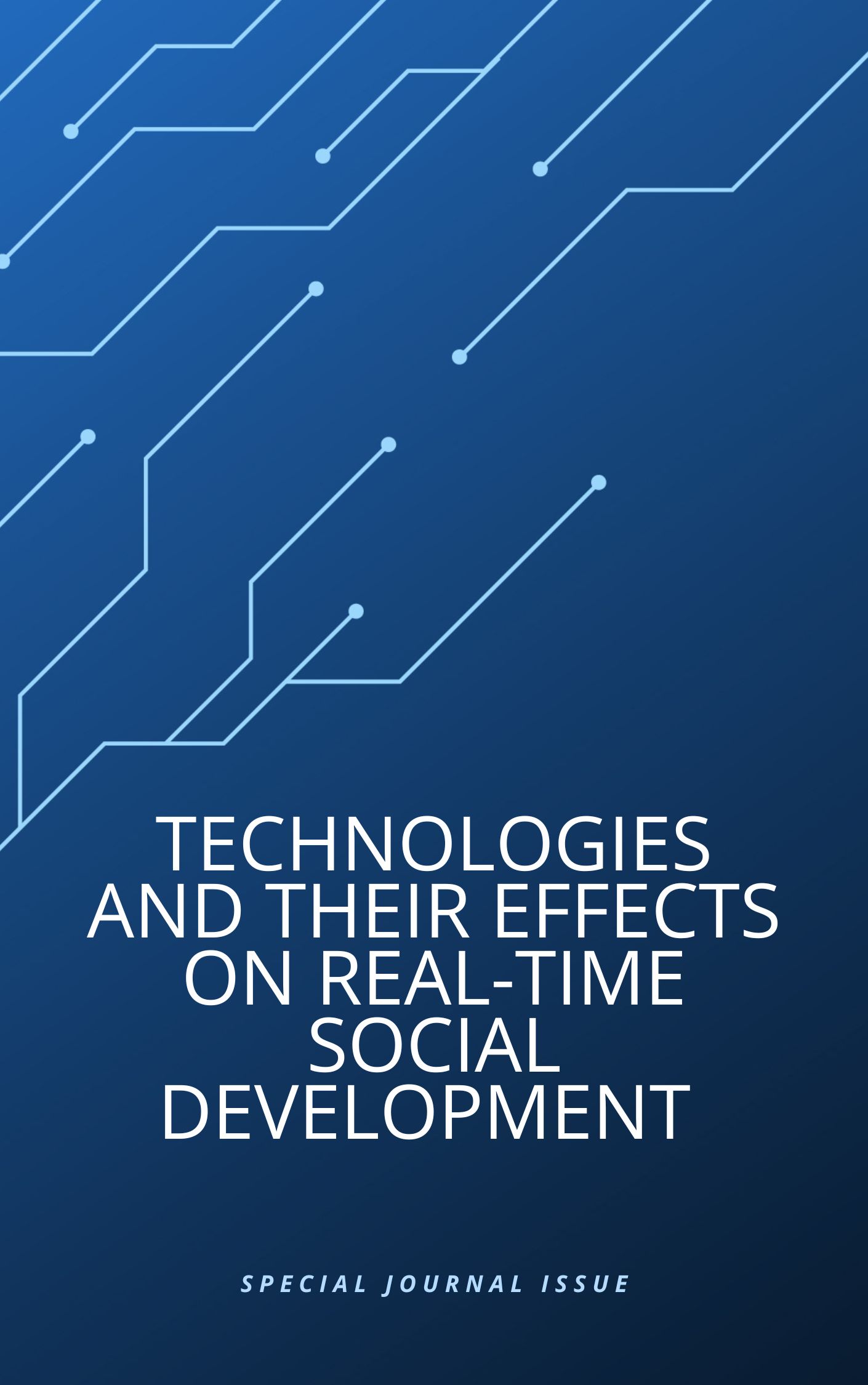Student Evaluation Based on Association Rule Reinforcement Learning for Teaching Quality Assurance
Main Article Content
Abstract
Article Details

This work is licensed under a Creative Commons Attribution-NonCommercial 4.0 International License.
References
Dol, S. M., & Jawandhiya, P. M. (2023). Classification technique and its combination with clustering and association rule mining in educational data mining—A survey. Engineering Applications of Artificial Intelligence, 122, 106071.
Liu, H. (2024). Research on the integration of English online teaching resources based on improved association rule algorithm. International Journal of Computational Systems Engineering, 8(1-2), 48-55.
Cai, L. (2022, May). Construction of English-assisted translation learning system based on association rules mining. In 2022 International Conference on Information System, Computing and Educational Technology (ICISCET) (pp. 223-226). IEEE.
Yin, L., & Xu, Z. (2022). English Teaching Evaluation Model Based on Association Rule Algorithm and Machine Learning. Security and Communication Networks, 2022.
Liao, Q. English Teaching Project Quality Evaluation Based on Deep Decision-Making and Rule Association Analysis. Journal of Combinatorial Mathematics and Combinatorial Computing, 118, 119-127.
Du, Z., & Su, J. (2021). Analysis of the practice path of the flipped classroom model assisted by big data in english teaching. Scientific programming, 2021, 1-12.
Guangju Li. (2023). E-Learning Intelligence Model with Artificial Intelligence to Improve Learning Performance of Students. Journal of Computer Allied Intelligence, 1(1), 14-26.
Zhu, G., Peng, H., & Wei, J. (2020, July). Evaluation model of integrated english course online guiding intelligent evaluation based on evolutionary algorithm and data mining. In 2020 International Conference on Electronics and Sustainable Communication Systems (ICESC) (pp. 481-485). IEEE.
Wang, L. (2023). The application of association rule algorithm in vocational English teaching. Advances in Education, Humanities and Social Science Research, 6(1), 147-147.
Huang, H. (2022). Optimization Method of University English Guidance Based on Enhanced Decision Tree Model in the Context of Big Data. Wireless Communications and Mobile Computing, 2022.
Biswanath Saha. (2025). Generative AI for Text Generation: Advances and Applications in Natural Language Processing. Journal of Computer Allied Intelligence, 3(1), 77-91
Rafiq, M. S., Jianshe, X., Arif, M., & Barra, P. (2021). Intelligent query optimization and course recommendation during online lectures in E-learning system. Journal of Ambient Intelligence and Humanized Computing, 12(11), 10375-10394.
Wang, X., & Zhang, W. (2022). Improvement of students’ autonomous learning behavior by optimizing foreign language blended learning mode. Sage Open, 12(1), 21582440211071108.
Cai, L., & Zhuang, Z. (2022). A Study on Integrating Multimodal English and American Literature Resources Using Data Mining. Mobile Information Systems, 2022.
Kajal Mistry, & Georgios Dafoulas. (2025). Smart Technologies: The Use of the Internet of Things for Children’s Health and Well-Being. Journal of Sensors, IoT & Health Sciences, 3(1), 1-19.
Dong, F., & Dong, S. (2023). Research On the Optimization of Ideological and Political Education in Universities Integrating Artificial Intelligence Technology Under the Guidance of Curriculum Ideological and Political Thinking. ACM Transactions on Asian and Low-Resource Language Information Processing.
Nkomo, L. M., & Nat, M. (2021). Student engagement patterns in a blended learning environment: An educational data mining approach. TechTrends, 65(5), 808-817.
Stavtseva, I. V., & Kolegova, I. A. (2020). Innovative technology in blended learning: general english student evalautionand its implementation for university students. Вестник Южно-Уральского государственного университета. Серия: Образование. Педагогические науки, 12(2), 51-61.
Swara Snehit Patil. (2024). Artificial Intelligence: A Way to Promote Innovation. Journal of Sensors, IoT & Health Sciences, 2(1), 1-5.
Zhang, M., Fan, J., Sharma, A., & Kukkar, A. (2022). Data mining applications in university information management system development. Journal of Intelligent Systems, 31(1), 207-220.
Charitopoulos, A., Rangoussi, M., & Koulouriotis, D. (2020). On the use of soft computing methods in educational data mining and learning analytics research: A review of years 2010–2018. International Journal of Artificial Intelligence in Education, 30(3), 371-430.
Martín‐García, A. V., Martínez‐Abad, F., & Reyes‐González, D. (2019). TAM and stages of adoption of blended learning in higher education by application of data mining techniques. British Journal of Educational Technology, 50(5), 2484-2500.
Chen, Y. (2023). Analyzing the design of intelligent English translation and teaching model in colleges using data mining. Soft Computing, 27(19), 14497-14513.
Tang, J. (2021). Optimization of English learning platform based on a collaborative filtering algorithm. Complexity, 2021, 1-14.
